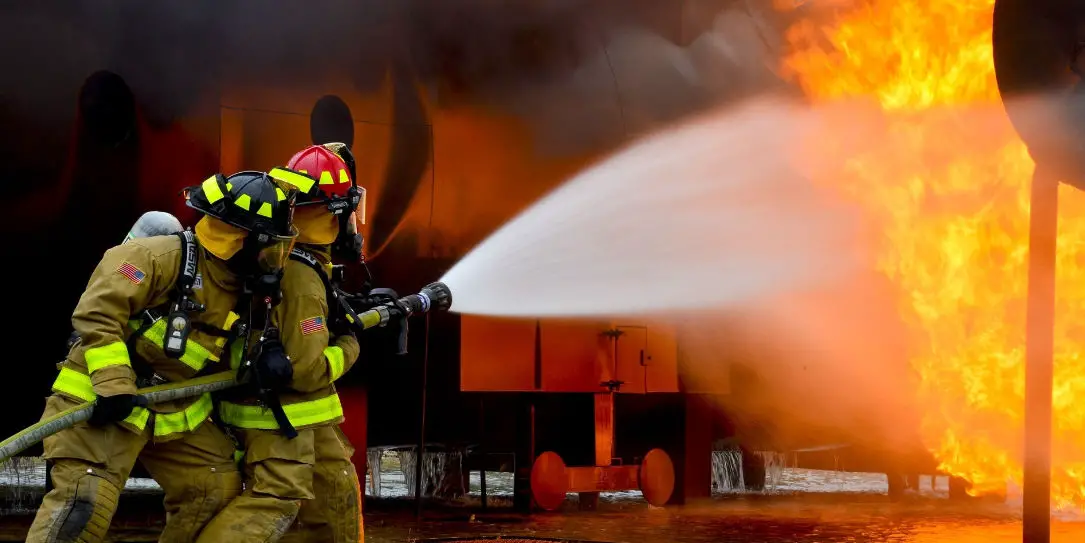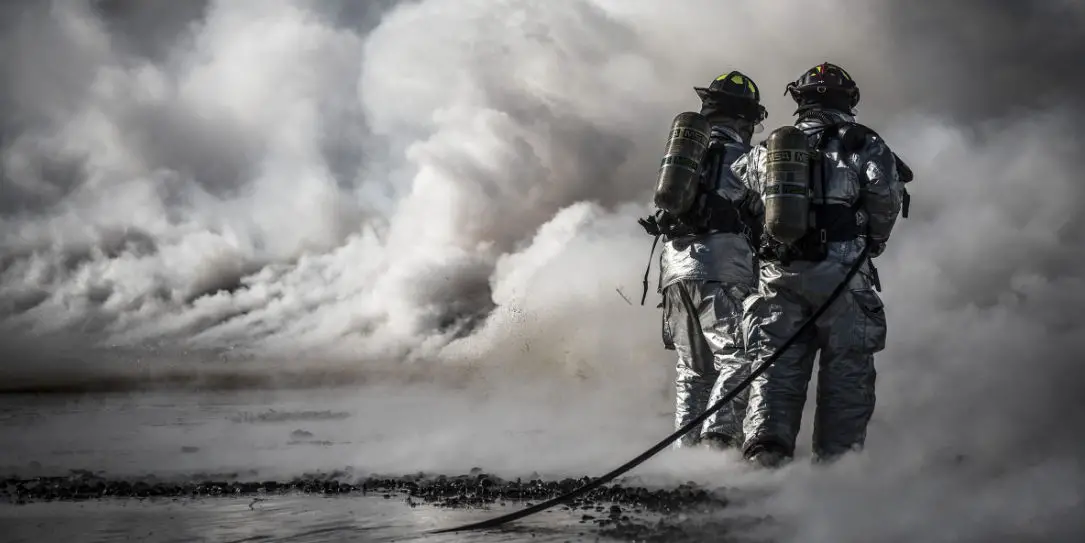Fire is one of the human race’s most valuable tools. It allows us to stay warm in the cold, cook food, and forge metal, among other things. It’s played an integral part in developing everything from the culinary arts to the technology we know and love today. It’s also a vicious and fickle creature that will consume everything in its path if left unchecked.
As fire became common, so too did the skill and eventual profession of firefighting. What did firefighting look like in the past, and how has it changed over the centuries?
The History of Firefighting
In the beginning of humanity’s relationship with fire, our only recourse was to throw buckets of water or wet blankets on uncontrolled flames and hope it would be enough to extinguish them. Sometimes it was, and the damage was minimal. Other times, it wasn’t enough, and all we could do was get out of the way while the fire burned.
Water pumps didn’t start appearing until 2nd century BCE in Alexandria, Egypt. As with many similar events of the era, the burning of the Library of Alexandria set us back centuries. We lost the pump technology the Egyptians used and didn’t reinvent it until the 16th century.
As the Industrial Revolution began, we started employing more modern tactics for fighting fires, including steam-powered engines and tanks. They weren’t as common as the fire trucks we’ve come to know and love today, but they provided us with a way to move large quantities of water quickly. These steam-powered engines even provided support during the Great Chicago Fire in 1871.
Modern Firefighting Tactics
Fighting fires in the modern world is as much tactic-based as it is laying down water to extinguish the flames. Buildings are taller, with some materials burning faster than others. Modern ventilation systems provide the perfect highway for flames to travel. It’s not as simple as standing outside and holding a firehose anymore, especially if there are people trapped inside.
Fuel loads have changed over the last few decades as well, especially when you start considering the low-cost, lightweight materials that have become popular for construction in recent years. These materials ignite easily and burn fast, making these structures more vulnerable to fire damage. It’s also more challenging for firefighters to extinguish these blazes, simply because of the speed with which they burn.
The last 20 years have changed fire loads so dramatically that new tactics and technologies are necessary. This helps firefighters do their jobs while keeping themselves safe in the line of duty — or as safe as you can be when running headlong into the flames.

How Technology Has Changed
We’ve come a long way from bucket brigades and wet blankets when fighting fires. Self-contained breathing apparatuses (SCBAs) allow firefighters to move safely in smoky spaces that would otherwise be hazardous to their health. Thermal cameras remove the guesswork when hunting for the core of a fire, so responders know how and where to concentrate their efforts.
Fire trucks used to run on steam or even be drawn by horses. Today, they come in all shapes and sizes depending on what’s necessary to fight a particular fire. Conventional trucks can carry water or pump what they need from local hydrants. Airport trucks, on the other hand, might carry different chemical suppressants rather than just water, depending on the type of fire they’re fighting.
You may even see aerial trucks fighting wildfires, scooping water from local lakes and rivers or carrying chemical suppressants to help extinguish even the most challenging and dangerous blazes.
Even the fabric firefighters wear has evolved and changed over the years. What started as leather trench coats with wool liners later became rubber coats, but these still needed some more tweaking to make them perfect for protecting firefighters in the line of duty. Today, firefighting gear consists of lightweight and breathable material that is still fire resistant. This helps keep the firefighters cool under pressure while still protecting them from the searing heat of the flames.
The Future of The Technology
With all the changes we’ve seen over the last few centuries, what might firefighting technology look like in the future?
Advances in drone technology mean these devices can assist a firefighter in their duties — both for buildings and wildfires. Drones can work autonomously or be flown by a pilot, if necessary. They can see through the smoke, fly through extreme conditions and access areas humans can’t get to without facing significant risk.
Exoskeleton suits may also become commonplace, allowing firefighters to move quickly and more safely through burning buildings in search of survivors. They strap on over the firefighter’s existing personal protective equipment and even have a water gun attachment for mobile firefighting.
Water propelled jetpacks may become an option for coastal firefighters. They look like the kind of toys you might see at a water park, but they pump water up from beneath them to propel the firefighters skyward — and, if necessary, extinguish fires. Although these work primarily for nautical fires, other forms of jetpacks could also become available in the future.
If you don’t have any oxygen, a fire can’t burn. Normally, you’d think of using a vacuum to remove the oxygen from an area. Engineering scholars at George Mason University proved you can accomplish this same task with sound. They designed a “fire extinguisher” that employs low-frequency sound waves to remove the oxygen from air molecules. Without that O2, the fire simply snuffs out.
As you can see, water isn’t the only option for extinguishing fires anymore.
What Lies Ahead for Firefighting Technology
Unless we transition to an entirely fireproof society, there will always be a need for firefighters, and these brave men and women will always need the newest and most advanced technology to help them complete their jobs. This is just the beginning of advancements in firefighting. We’re finally starting to catch up to our imaginations, and the technology exists to turn some of these dreams into reality.
What do you think of firefighting tech? Let us know in the comments below or on Twitter or Facebook. You can also comment on our MeWe page by joining the MeWe social network.
Last Updated on February 3, 2021.










